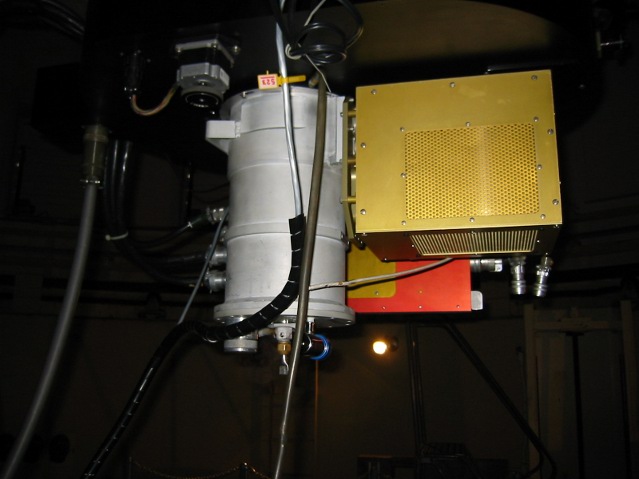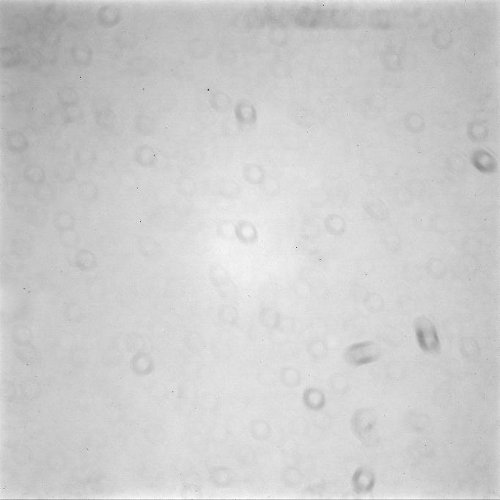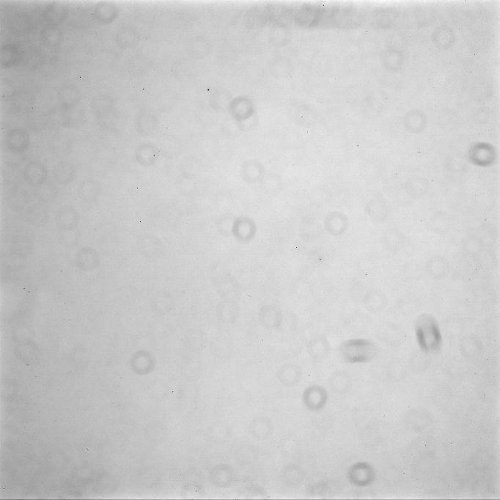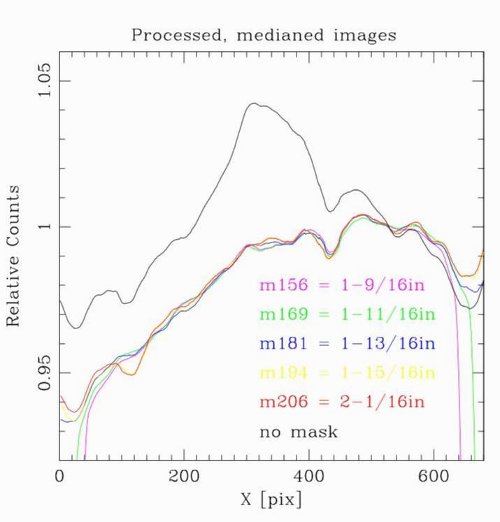
S2KB Scattered Light and Over-Illumination
|
When taking dome and sky flats with S2KB, it has been noticed that there is a bright region near the center of the chip (it is more prominent in redder filters). Usually, such brightness variations affect both the flats and object images, and are removed from the latter when divided by the former during image processing. However, two independent teams realized that this may not be the case. Both teams found residuals in their all-sky photometric calibrations that roughly correlate with radial position on the chip and hence the position of the bright region. A preliminary test was done by inserting a mask in front of the dewar window to block light from entering the dewar that is not bound for the CCD itself. Apparently this light would bounce off reflective surfaces inside the dewar, reflect off the inside of the dewar window, and back onto the CCD to form the central bright region. Dome flats taken with the mask in place showed no significant central overillumination. For example:
As seen, the central bump is about 4% higher than the surroundings. For surface brightness work this may be negligible, but for stellar photometry it creates problems. To remove the effect from all new data that is taken, NOAO made a permanent mask that as of 2008B is now affixed to the front of the dewar window. Andy Layden is working on a set of recommendations for how to mitigate (hopefully remove) the effect of the overillumination in previously-taken data. His work will focus on stellar photometry problems and be available to the consortium as soon as it is complete. If anyone would like to be in on this process, your thoughts are welcome. Advice on tackling this from a surface brightness perspective is greatly encouraged. Please contact Andy Layden, layden@baade.bgsu.edu if you have any input. |
||||

Observing Tools
Contact
WIYN 0.9m Observatory
950 N. Cherry Ave.
Tucson, AZ 85719
E-mail: heidi.schweiker@noirlab.edu
Telephone: (520) 318-8140



